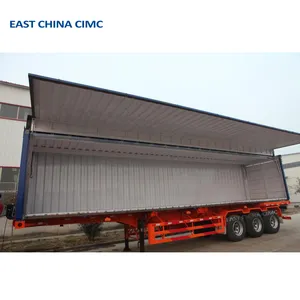
All categories
Featured selections
Trade Assurance
Buyer Central
Help Center
Get the app
Become a supplier














Khám phá xe tải kéo bán bán buôn với khả năng chịu tải lớn và độ bám đường hoàn hảo trên đường ướt. Lốp xe đạp địa hình lý tưởng cho người đi mô tô địa hình vì chúng phù hợp với bùn, mặt đường và cát. Chúng cũng có trọng lượng nhẹ so với các keyword lốp thể thao khác.
Chúng tôi cũng có lốp mái chèo dành cho xe đạp đất hoặc lốp xe đạp đất có đính đá, cho phép xe máy có thời gian phanh tối thiểu, đặc biệt là trên các bề mặt ướt. Kích thước của các keyword lốp có sẵn của chúng tôi là vô hạn với các chiều cao và đường kính khác nhau, chẳng hạn như các gói lốp và bánh xe mô tô 21 inch. Nguy cơ trượt ngã được giảm thiểu với xe tải kéo bán của chúng tôi nhờ các vật liệu khác nhau mang lại độ bám tốt trên các bề mặt khác nhau.
Dành cho những người chỉ đơn giản là tìm kiếm lốp xe máy thay thế, có nhiều xe tải kéo bán khác nhau để chọn. Những mẫu xe có sẵn này giúp tăng hiệu suất phanh và chống trơn trượt trên đường ướt. Một số lốp xe máy và xe đạp có thiết kế đặc biệt với giảm diện tích trượt giúp lốp không bị mòn càng lâu càng tốt. Bạn có thể tìm thấy những chiếc lốp xe máy giúp tăng mức độ hoạt động cho cả những tay đua chuyên nghiệp và nghiệp dư. Người cầm lái sẽ có thể duy trì sự ổn định của mình trong những ngày mưa. Kiểm tra ngay bộ sưu tập của chúng tôi và tìm xe tải kéo bán với giá chiết khấu.